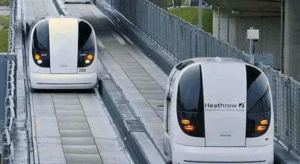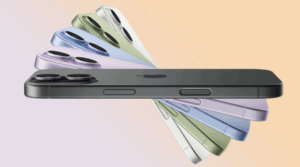ChatGPT’s new feature in GPT-4o allows users to generate Studio Ghibli-style images, leading to a viral trend. While many enjoy the AI-generated aesthetic, the trend has sparked intense debate over artistic authenticity, copyright concerns, and the erosion of traditional animation values. Critics argue that reducing hand-drawn masterpieces to AI-generated imitations is disrespectful to the years of craftsmanship behind Ghibli’s legendary works.

Here are the 5 reasons why using Ghibli style photos is ethically, and legally wrong..
1. AI Imitation vs. Artistic Authenticity
Hayao Miyazaki, the visionary behind Studio Ghibli, has long been a critic of AI-generated art. In a 2016 documentary, he reacted to an AI-generated animation by stating:
“I am utterly disgusted. This is an insult to life itself.”
Studio Ghibli’s signature hand-drawn animations take years of painstaking work to create, while ChatGPT’s AI-generated versions take mere seconds. Turning intricate art into an algorithmic shortcut undermines the very essence of artistic dedication and human creativity.
2. Copyright Infringement Concerns
As the trend spread, copyright violations became a pressing issue. The AI model generates images eerily similar to Studio Ghibli’s iconic works, raising legal and ethical questions. While OpenAI added safeguards to block prompts requesting images in the style of living artists, users easily bypass restrictions by avoiding direct references to Studio Ghibli.
Though no legal action has been taken yet, the question remains: Does AI-generated art violate intellectual property laws?
3. Loss of Ghibli’s Hand-Drawn Appeal
A core reason fans adore Ghibli movies is their hand-drawn charm, where each frame carries subtle imperfections, organic brushstrokes, and deep emotional resonance. AI-generated versions strip away these details, creating sterile imitations devoid of the warmth and depth found in true Ghibli art.
Critics argue that AI-generated “Ghiblified” images give people a false sense of ownership over the art while failing to engage with the medium in a meaningful way.
4. The “Blind Following the Blind” Trend
Many who participate in the trend have never even watched a Ghibli film or understand the artistry behind it. This phenomenon mirrors Susan Sontag’s argument in On Photography—that when art is mechanically reproduced, it loses its original context and meaning.
Instead of appreciating Ghibli’s carefully crafted narratives and emotional storytelling, AI users treat it as a temporary meme, reducing its significance to superficial internet trends.
5. Will AI Replace Human Art?
Ghibli fans argue that no AI can replicate the creative depth, emotional nuance, and storytelling power that Miyazaki and his team have built over decades. As one user on X put it:
“Miyazaki didn’t spend his entire life cultivating a distinct artistic identity so AI could reduce his work to meme fodder.”
While AI may mimic visual elements, it lacks human intention, experience, and storytelling depth, making AI-generated “Ghiblified” images nothing more than cheap imitations of a legendary art form.
Final Thoughts
While AI-generated Ghibli-style images may seem harmless fun, they raise serious ethical and legal questions. From artistic authenticity and copyright infringement to the loss of traditional animation values, this trend highlights the wider debate over AI’s role in creative industries.
Is AI enhancing creativity, or is it simply reducing decades of artistry to an algorithmic gimmick?













